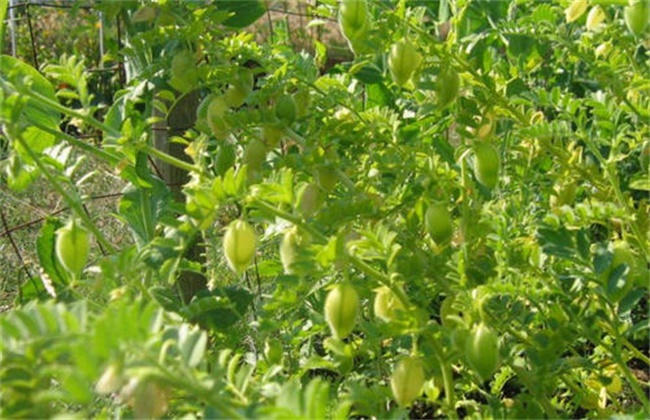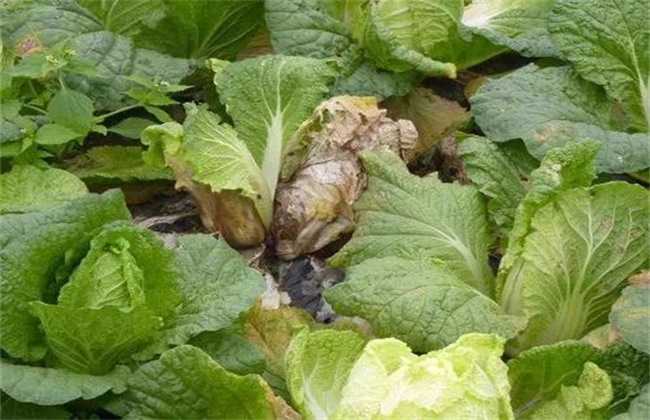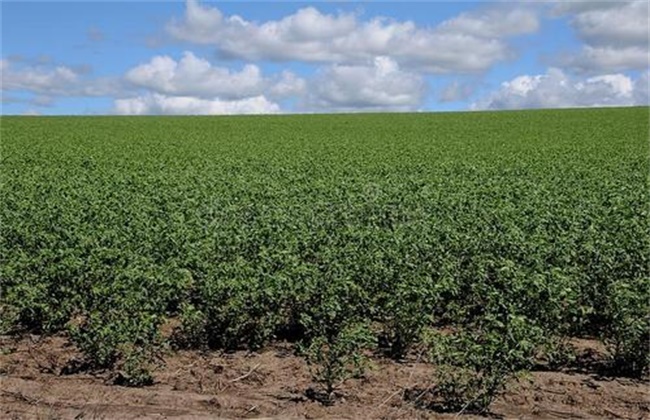Cultivation techniques of chickpea
Chickpea is an annual herbaceous climbing plant belonging to Leguminosae, which is widely distributed in China. The nutritional value of chickpea is very rich, including protein, carbohydrates and other nutrients. Chickpeas can be mixed with wheat flour as a staple food, and tender leaves of beans can also be used as vegetables. So how to cultivate chickpeas? The following editor brings you the cultivation techniques of chickpeas, let's have a look!

1. Soil preparation and fertilization
When planting chickpeas, we must first choose the planting soil. The soil should be dominated by plots with sufficient fertility, normal irrigation and no saline-alkali damage. The quality of the soil should be sandy loam, whether it is saline-alkali land or continuous cropping land, chickpeas can not be planted. Plough the soil deeply about 30cm, and do a good job of soil moisture conservation and soil preparation in spring. Then apply an appropriate amount of organic fertilizer as base fertilizer and sprinkle it directly into the field during autumn sowing. Seed fertilizer should be ditched and applied at the time of sowing and the depth should be kept at about 10cm. Improve soil fertility and provide adequate nutrition for the growth of chickpeas.
2. Methods of reproduction
The reproduction method of chickpea is mainly sowing and propagation. When selecting seeds, the varieties with high yield, good quality and high commodity value should be selected according to the market demand. Then the sowing date should be selected according to the climatic environment, ground temperature and soil moisture of the planting area. If it is spring sowing, then about April-May, summer sowing is about June, autumn sowing should be in October-November. When sowing, we should pay attention to control the row spacing, keep it around 45cm, sowing should not be too deep, it is best to keep it in 5cm.
3. Harvest and storage
The flowering and podding period of chickpea is relatively long, and the podding part of the plant is also very scattered, so the ripening period of the upper and lower parts is generally different. Therefore, when more than 70% of the pods on the plant are yellowish white and the seeds begin to separate from the pods, they should be harvested in time. The harvest time should not be too early, if it is too early, the mature grain will be few, and the yield will be affected. However, it is not easy to be too late, the party will lead to a more serious pod drop phenomenon, which will also affect the yield. It can be uprooted during harvest or harvested with a knife.
After harvest, it should be dried in the sun, threshed and cleaned manually. If there are conditions, then the use of mechanical cleaning, can effectively save a lot of labor. After cleaning, the seeds of chickpeas should be spread out to dry. The water content was reduced to less than 12%, and then fumigated and stored in the storage. Because in storage, it is very easy to produce insect pests, so fumigation is very important, in addition, we should also pay attention to do a good job of ventilation, reduce temperature and humidity.
The above is a brief introduction to the cultivation techniques of chickpea. That's all for today's introduction. This article is for reference only. I hope it can help you all.
Related
- Where is it suitable to grow horseradish in China? it is expected to see the middle altitude horseradish in Alishan.
- How to prevent tomato virus disease reasonably? (Control methods included)
- Many people like to plant towel gourd on the balcony. What are the main points of this method and management?
- What crops can chili peppers be mixed with?
- Fertilization techniques and matters needing attention in Tomato
- What are the grafting techniques for peach seedlings in spring?
- Harm and control methods of root swelling disease of Chinese cabbage
- What are the pests of sweet potatoes? How to prevent and cure it?
- Symptoms, causes and Control methods of navel Rot in Tomato
- The cause of "Cucumber rotten bibcock" in Farmers' planting Cucumber and its Control Plan



